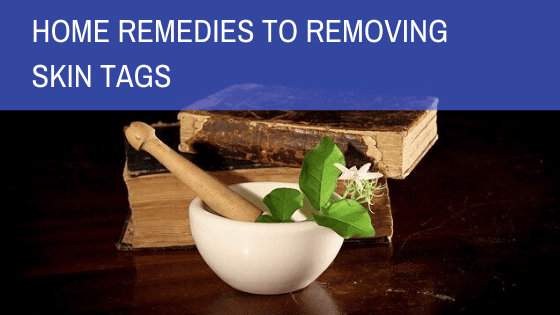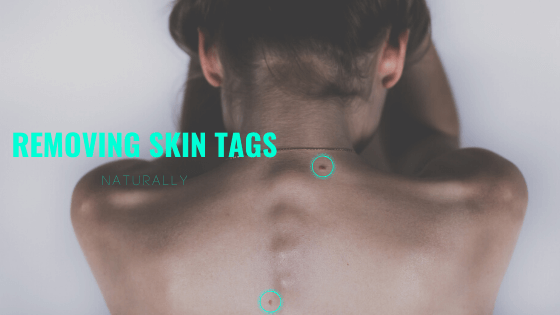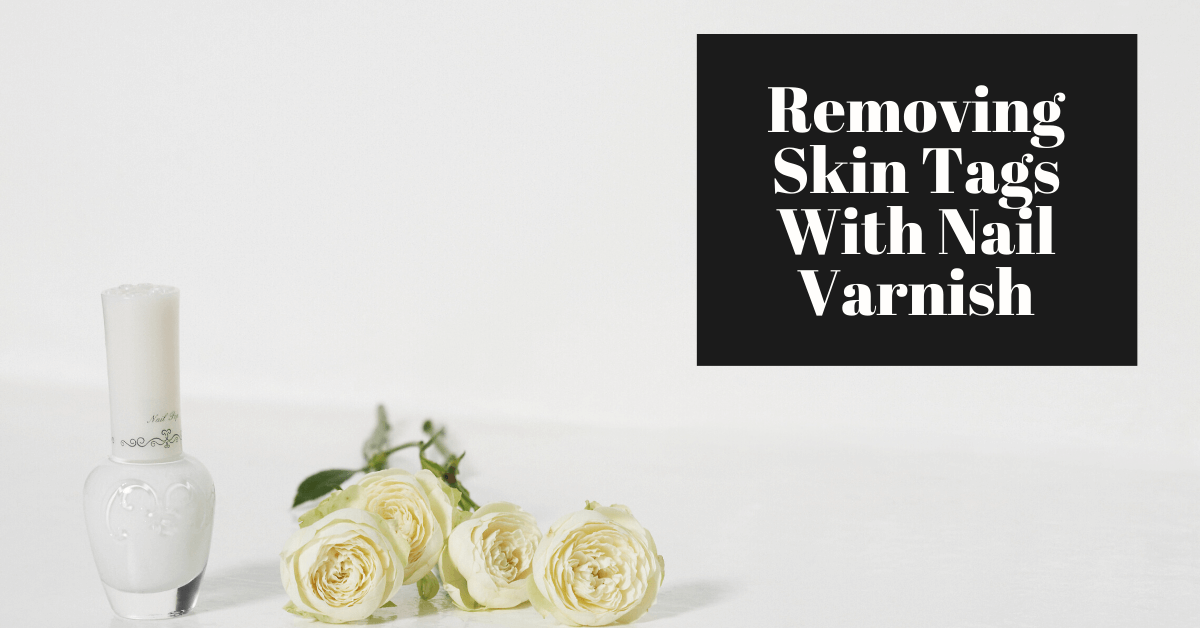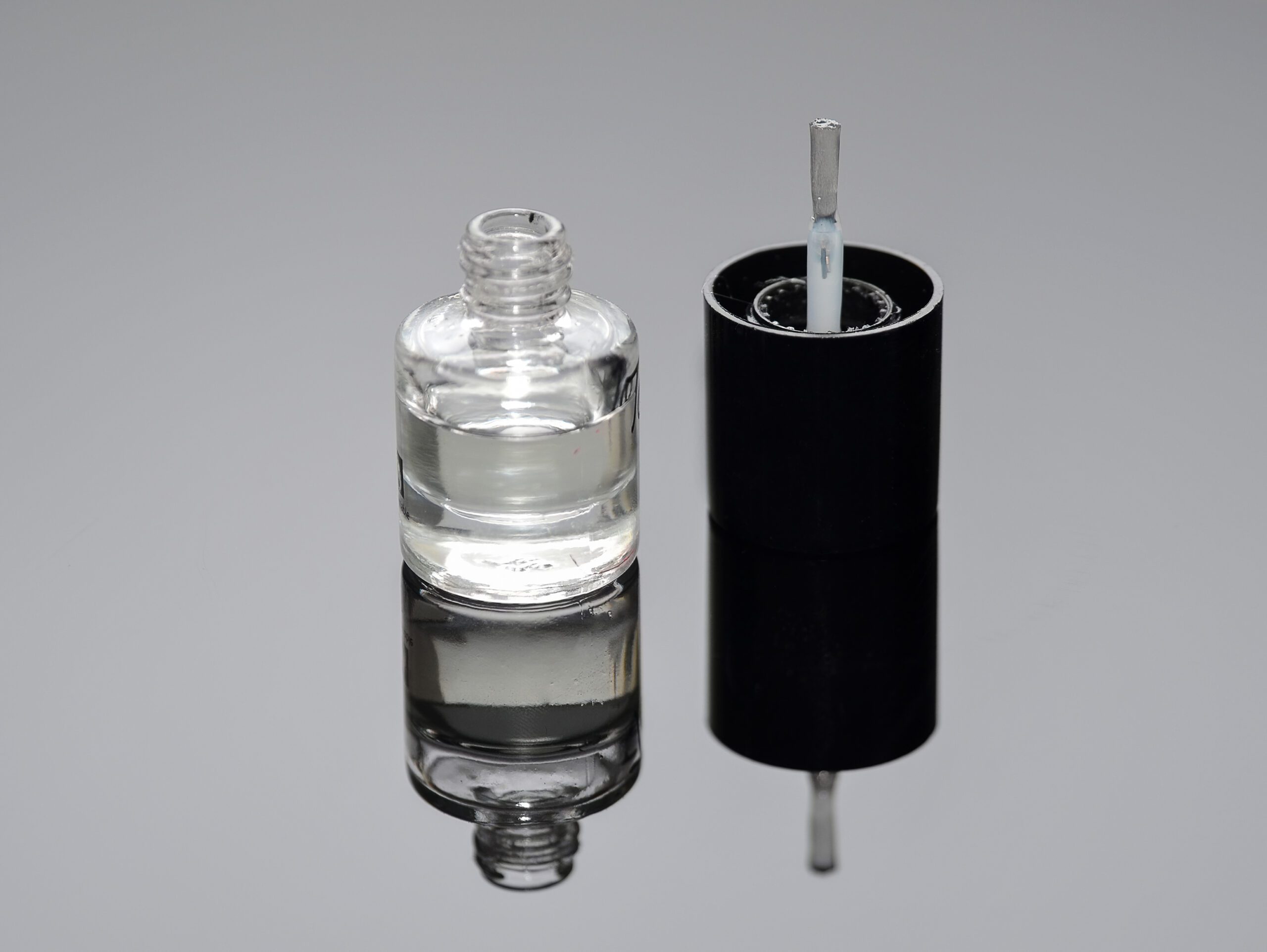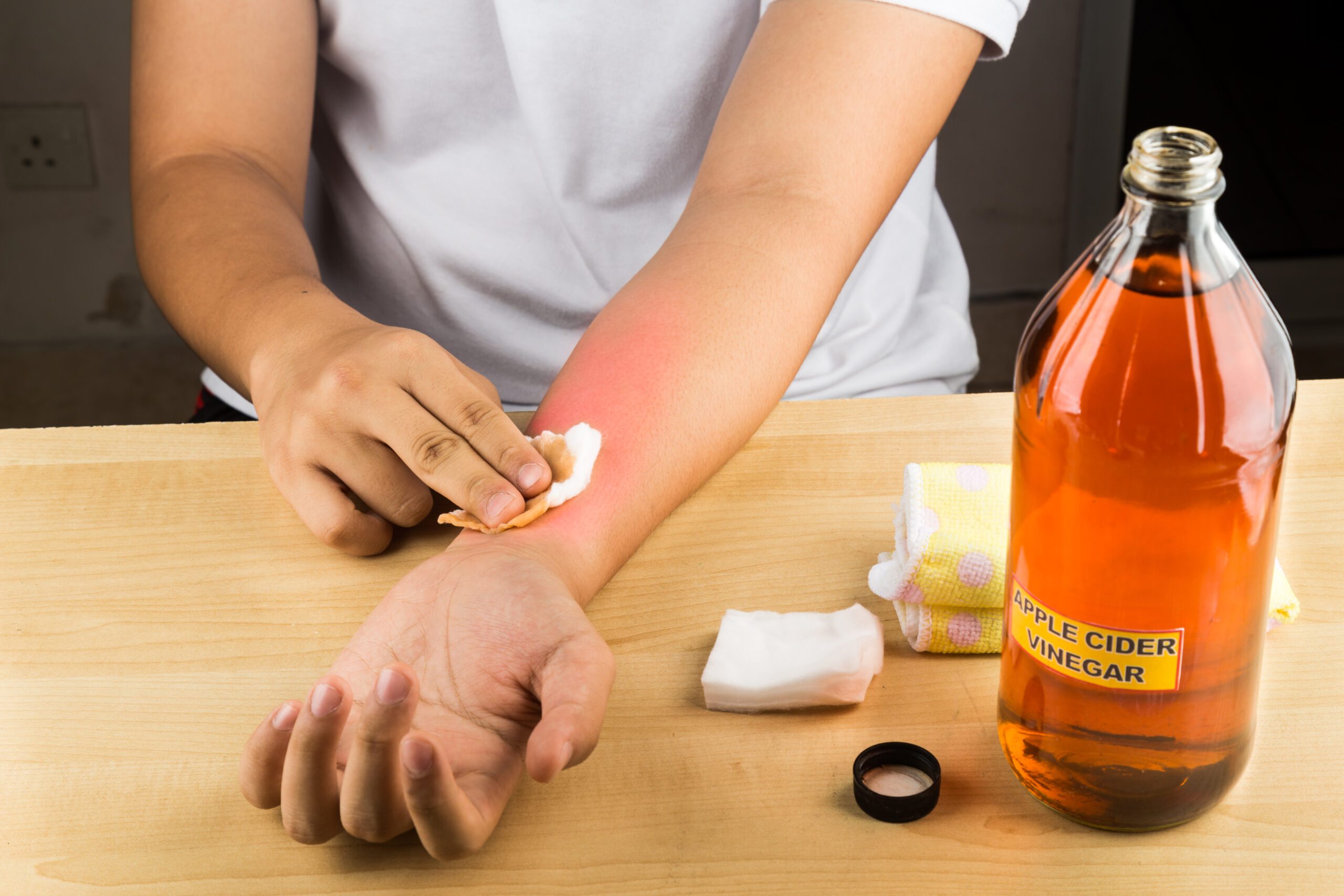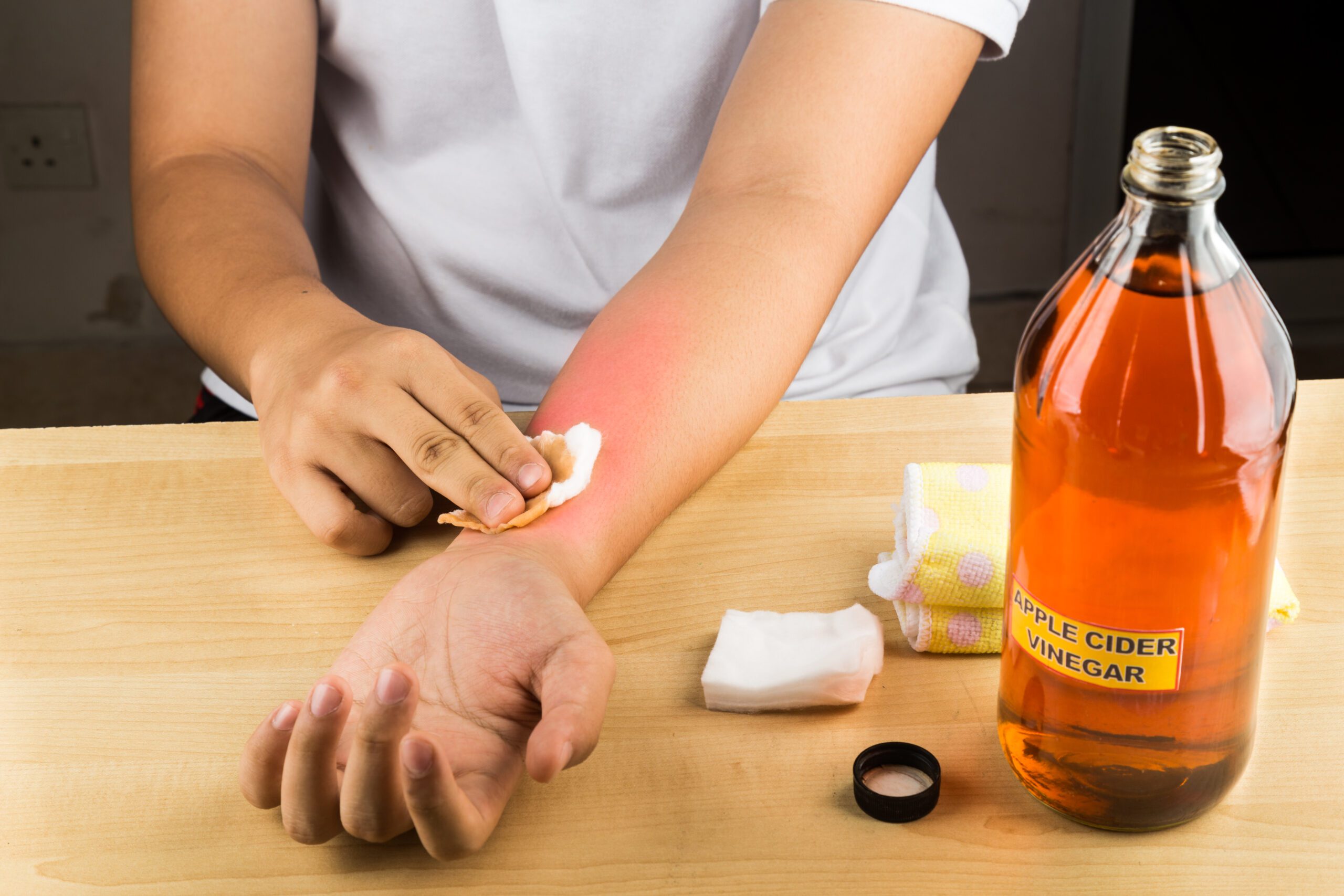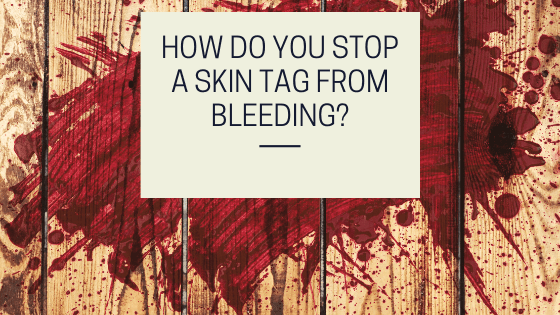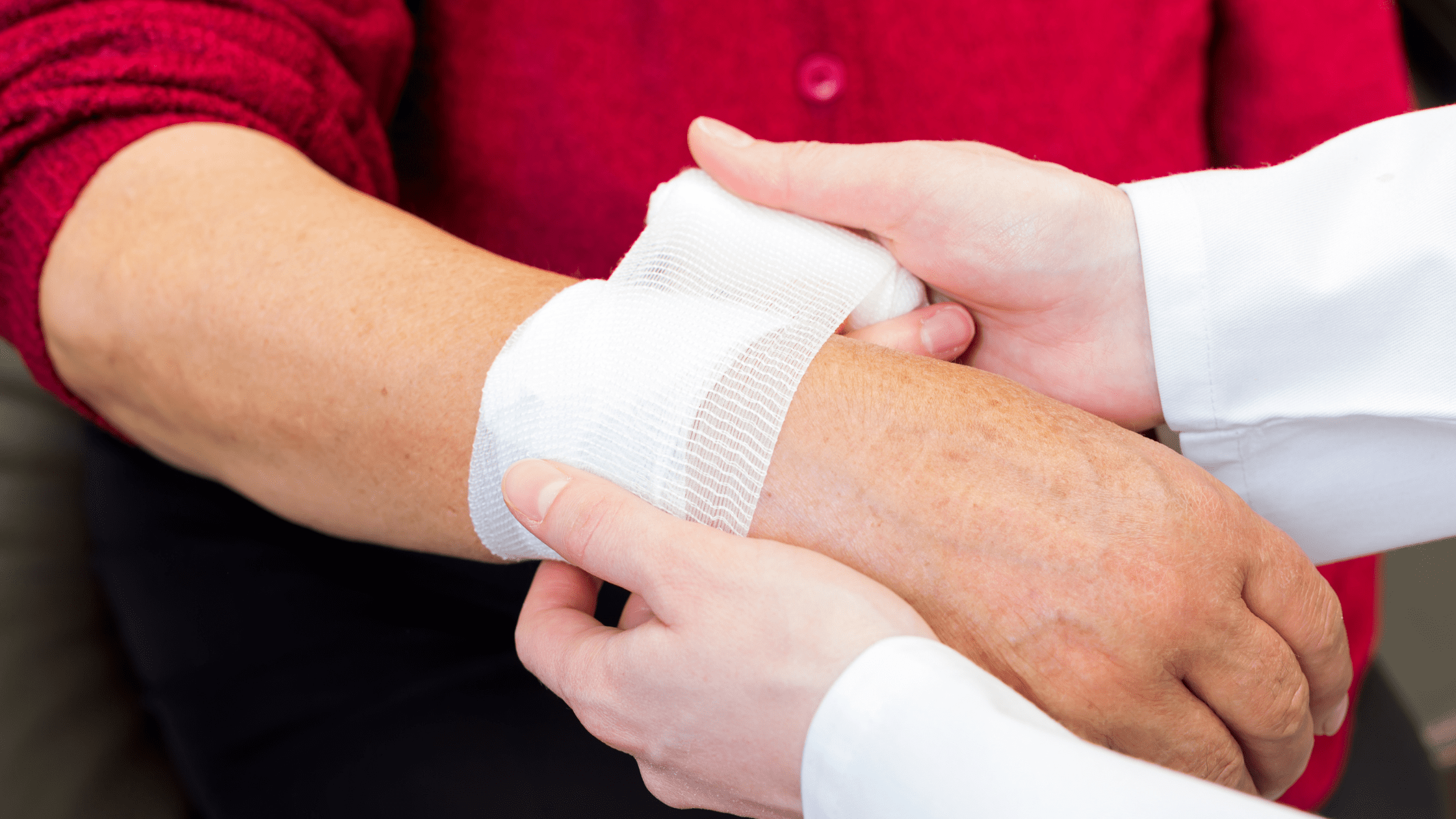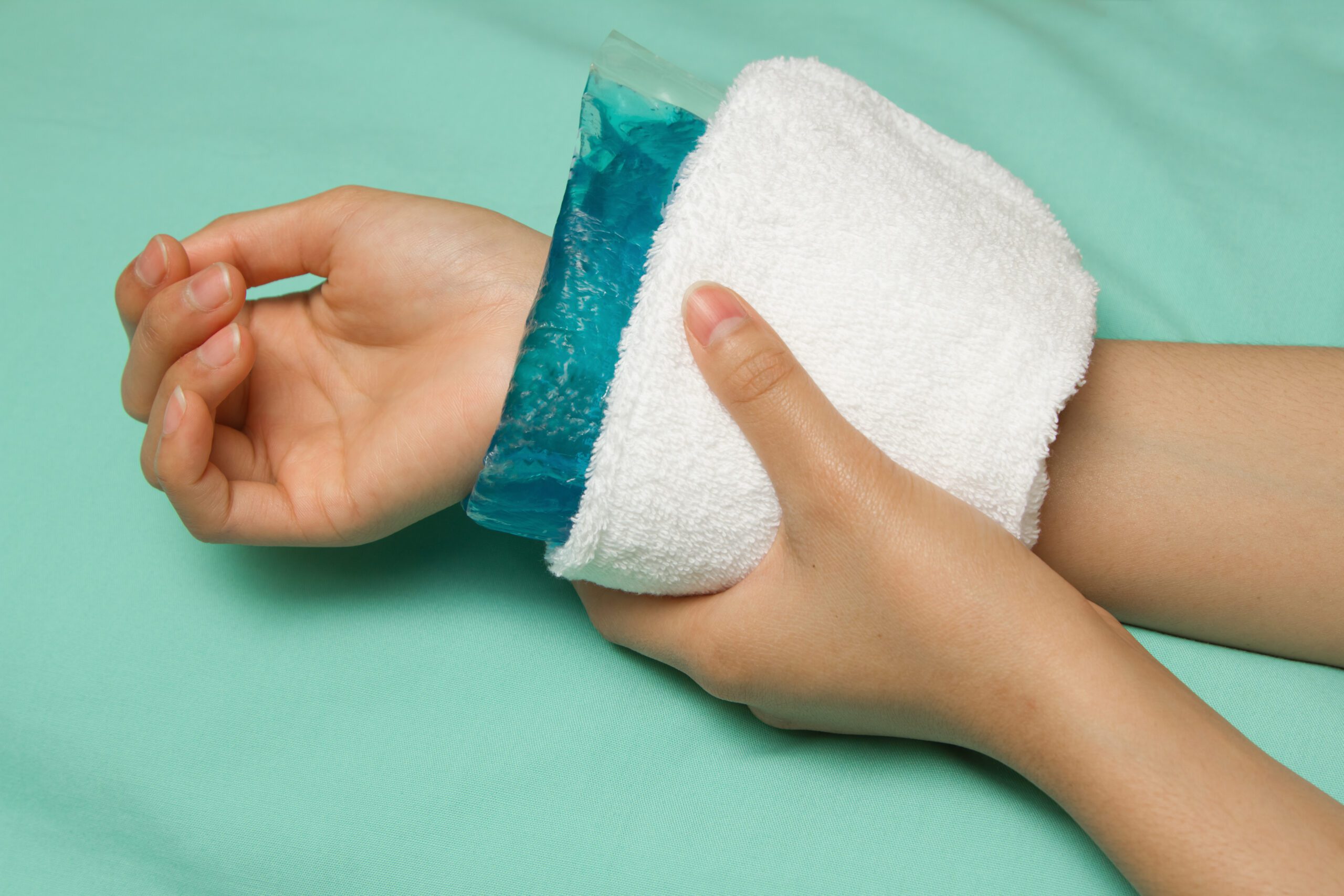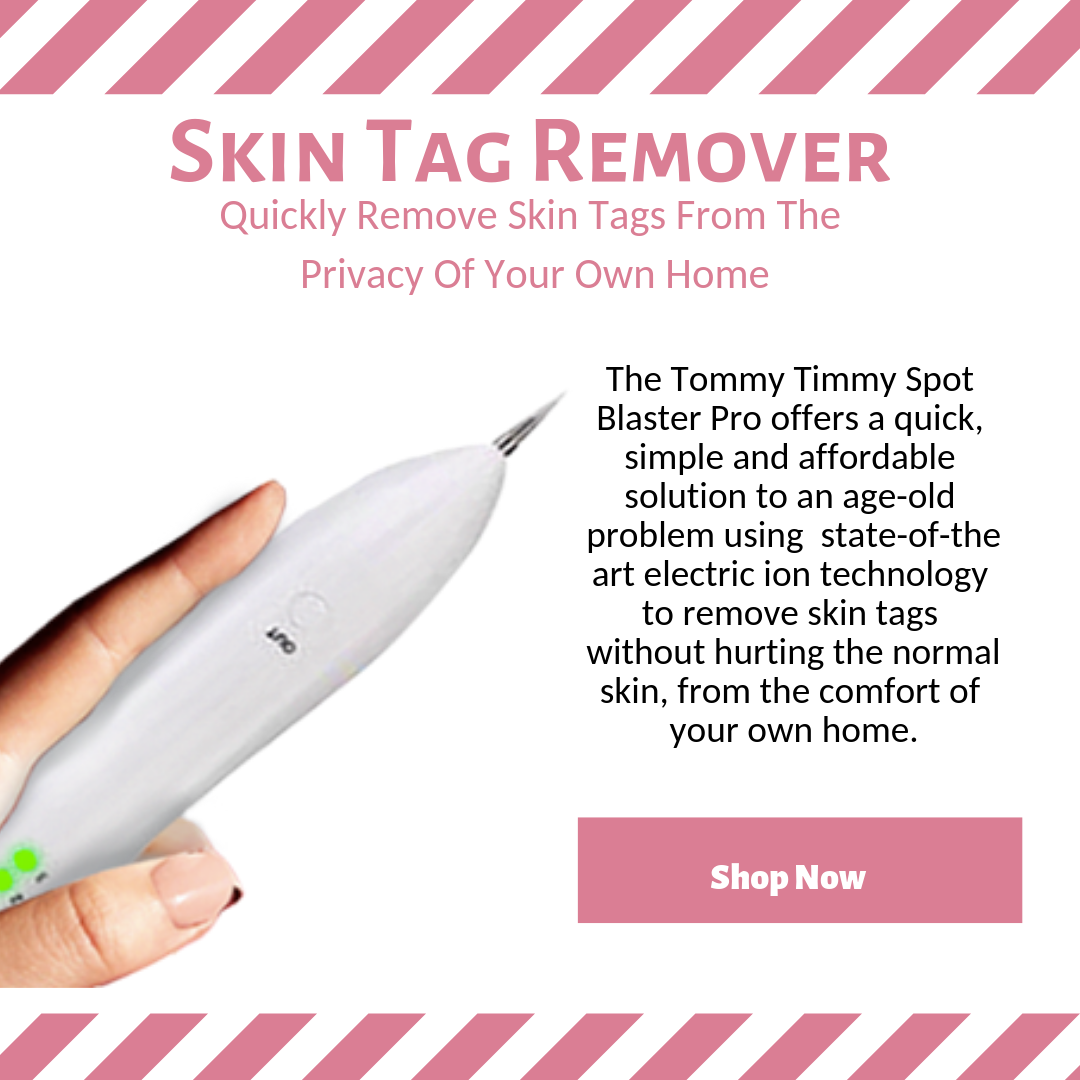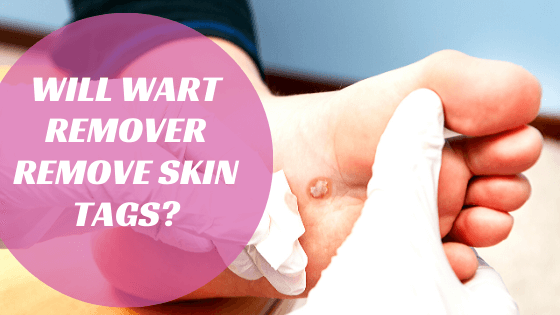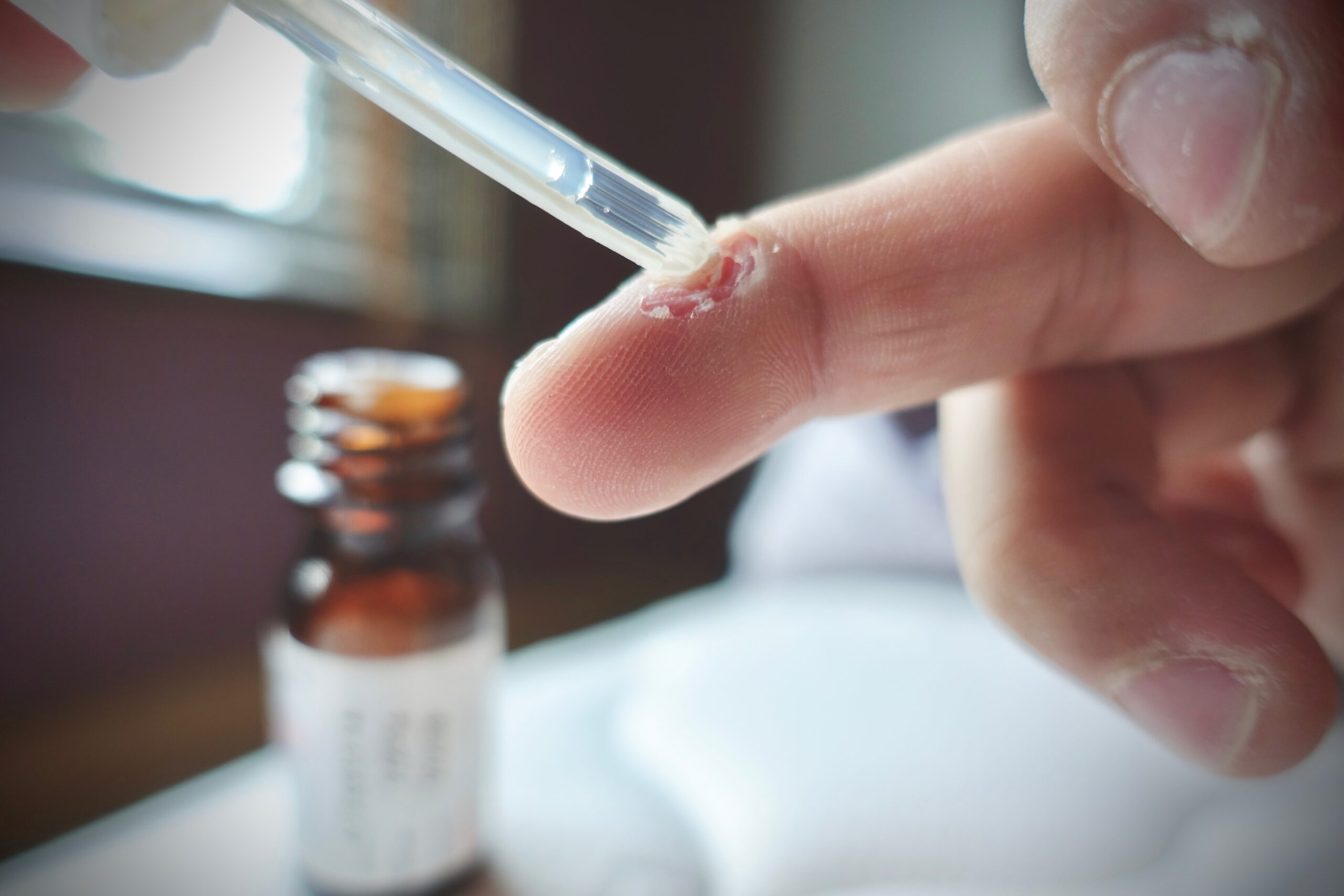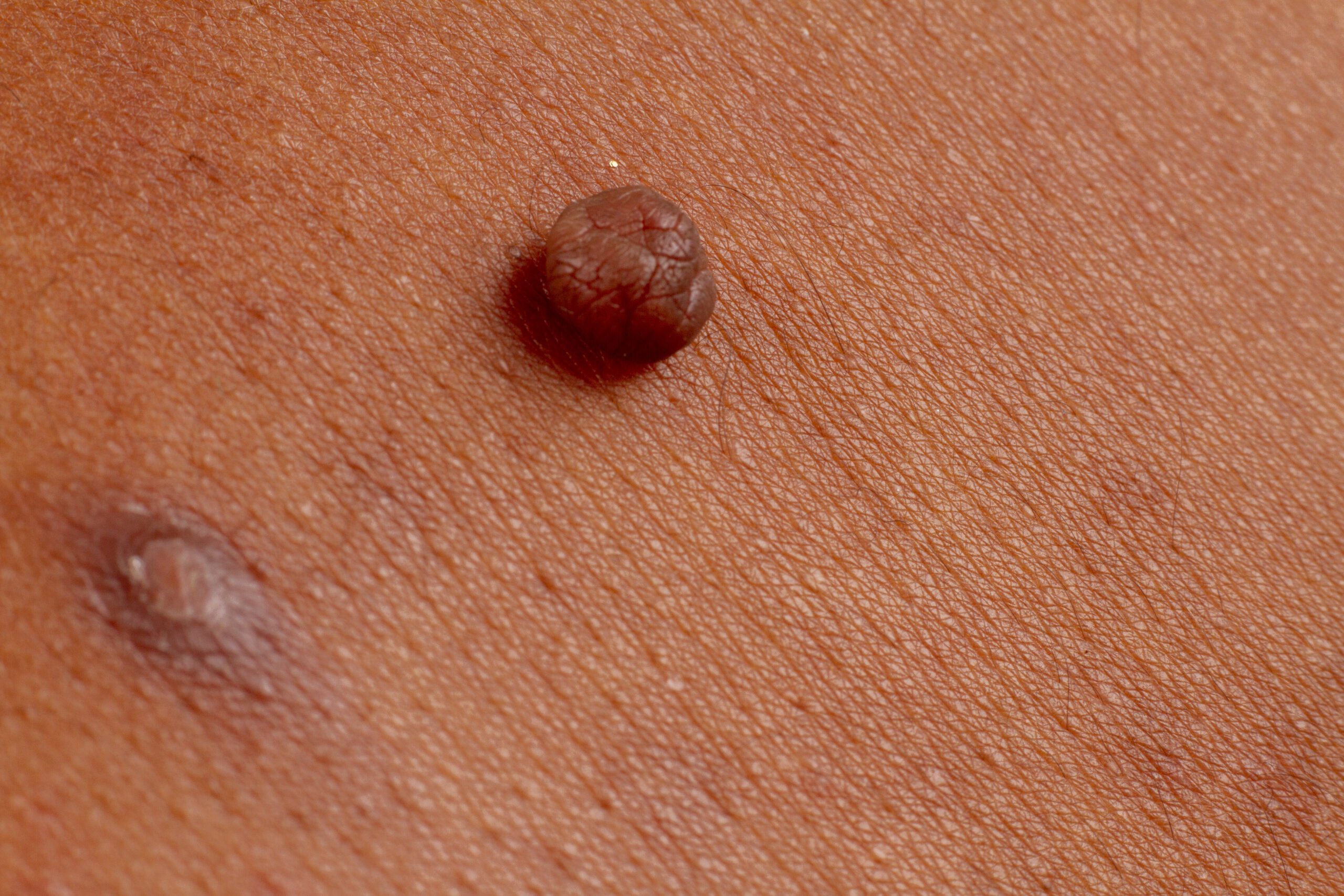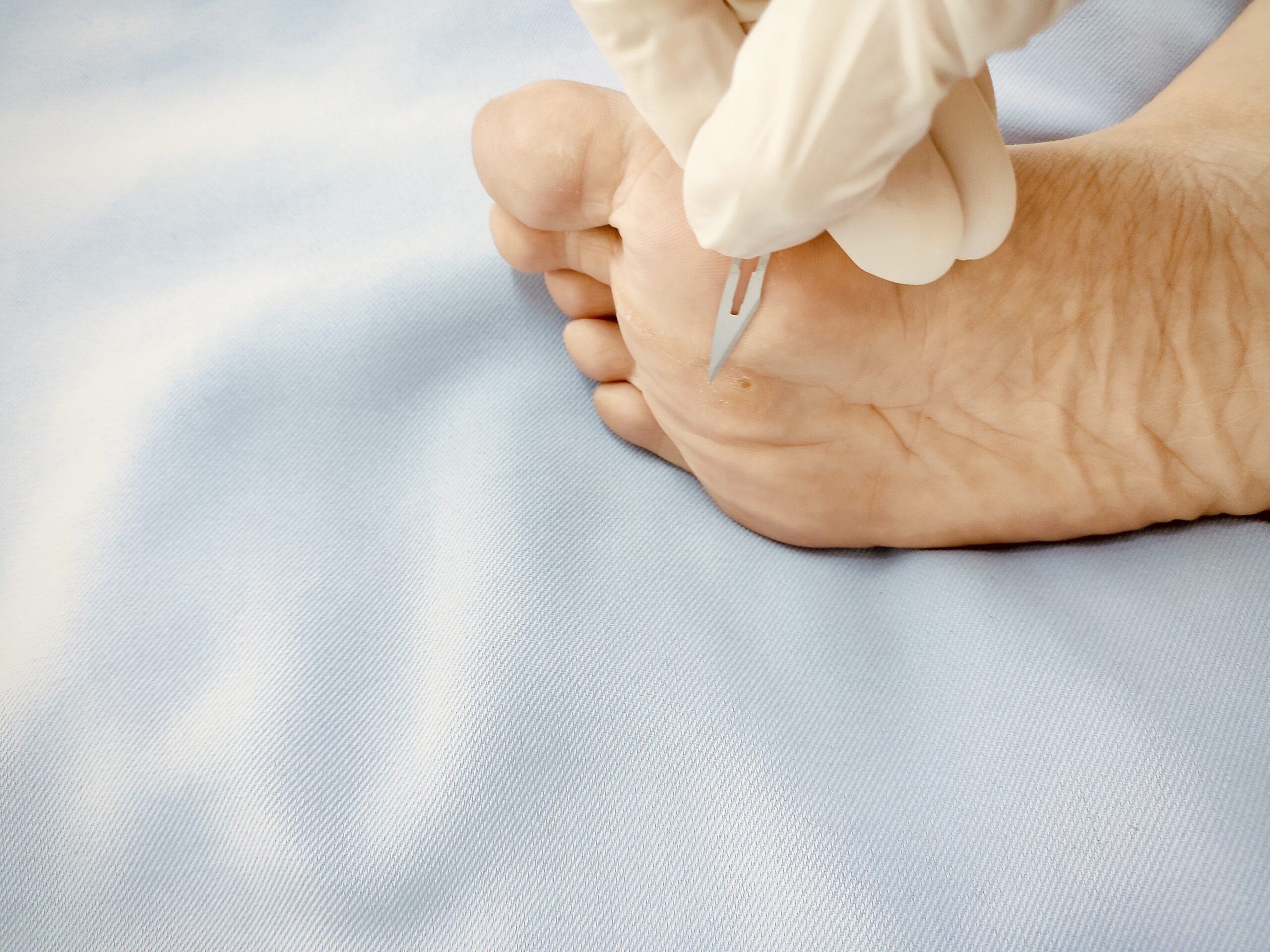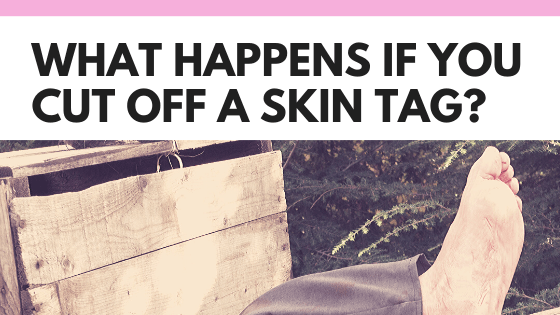Skin tags (aka acrochordon) refer to non-cancerous tumors that mostly occur in areas around the neck and underarm regions. Some scientists believe that hormonal imbalance is a possible cause of skin tags. Whatever the reason behind them, you will realize they are harmless and won’t cause you pain. What will annoy you most is that they are very unsightly, and as such, they can lower your self-esteem. Thankfully, removing skin tags without a visit to a specialist is possible as there are many home remedies that exist.
If you are looking for ways on how to get rid of skin tags at home, then keep reading this post to the end. Here we are going to discuss some of the most effective and yet proven ways to alleviate skin tags at home.
Home Remedies for Skin Tag Removal
1. Lemon Juice
Lemon juice has been in use for long as a natural remedy for skin tags, and its effectiveness is undeniable.
How To Use Lemon Juice To Remove Skin Tags
– Simply clean the affected regions
– Take a lemon and then cut it into two pieces.
– Grab a cotton pad and squeeze some lemon juice directly into it.
– Apply to the affected regions
– Leave it to dry and don’t wash
– Repeat this process 2 to 3 times daily until you get results.
The citric acid found in lemon juice will work on the dead cells and thus help to dry out these skin outgrowths.
2. Aloe Vera Juice
Regardless of where you come from, you’ve probably heard of Aloe Vera before. Most of us have used it not once or twice for wound healing purposes, but did you know that the same can help with skin tags?
How To Use Aloe Vera To Remove Skin Tags
– Clean the regions affected
– Extract some Aloe Vera juice
– Apply the juice to the affected areas and massage for some minutes
– Repeat this procedure at least two to three times per day until you get the desired results.
3. Garlic
If garlic is readily available in your home, then you can use it as a remedy for skin tags. It contains some sulfur compounds which help to dry out skin outgrowths when applied properly.
Using Garlic For Removing Skin Tags
– Grab a peeled of garlic clove and cut it into pieces
– Place one piece into the affected areas and hold it into position using a bandage (A medical tape can be used in place of a bandage).
– Leave it in that position overnight
– Repeat the process every night until you get the desired results.
The skin tag should fall off after 2-3 nights.
4. Pineapple Juice
Are you the type of person who salivates whenever you hear someone mention “pineapple juice?” Well, then you must be having several cans of this stuff in your home. But did you know the same can be used to remove skin tags that would otherwise harm your look? Here is how to make it possible.
Using Pineapple For Removing Skin Tags
– Make sure you have 100% pineapple juice
– Apply a sufficient amount in areas whereas skin outgrowths have occurred
– Repeat the process a few times daily for one week
The skin tags should vanish after this period. Since you will be applying a few times daily, there is no need to apply a medical tape or bandage.
5. Fig Stem Juice
The juice has been in use for a while as a remedy for various skin disorders, including skin tags. You can extract fig stem juice at home and use the same a remedy for skin outgrowths, otherwise known as skin tags.
Using Fig Stem Juice For Removing Skin Tags
– Find fresh fig stems and extract the juice
– Apply to the skin tags three to four times daily
– You should see results after 3 to 4 weeks
6. Dandelion Stem Juice
Dandelion Stem Juice is one of the most readily available home remedies for skin tags. It’s easy to find dandelions almost everywhere, and hence the idea of using them to remove excessive growth of collagen sounds great. But how is that possible?
Using Dandelion Stem Juice For Removing Skin Tags
– Grab enough dandelions and squeeze them to obtain the milky liquid
– Apply the liquid obtained in the step above and apply a sufficient amount on the skin tags.
– Repeat at most 3-4 times daily
– Apply a medical tape or bandage
If done correctly, the dandelion liquid will cause the skin tag to fall off shortly.
7. Banana Peels
You want a permanent solution that will get rid of skin tags once and for all, right? Look no more. Banana is readily available everywhere in the world, and I’m pretty you love eating them. After all, they are good for your health in several ways. But did you know the banana peels you usually throw away are as equally import? Here is how they can help to remove non-cancerous skin outgrowths.
Using Banana Peels For Removing Skin Tags
– As usual start by clean the skin tags
– Grab a banana and peel it off
– Cut a piece of the peel and apply the inner side to the skin tags
– Cover with a bandage
– Do this every other night until you achieve results
8. Nail Polish
Are you the type of person using nail polish just for aesthetic purposes? Then you will be surprised to discover that the same can be used for skin tags issues.
You can read our article about removing skin tags with nail polish here
Using Nail Polish For Removing Skin Tags
– Grab your nail polish and dab few drops to the skin tags
– Do this daily, and you should notice results within a few days.
Conclusion
Removing skin tags at home isn’t complicated. However, if you think your case is different, then you are advised to consult a licensed medical specialist for help.

